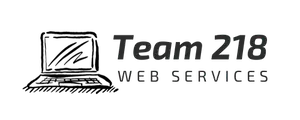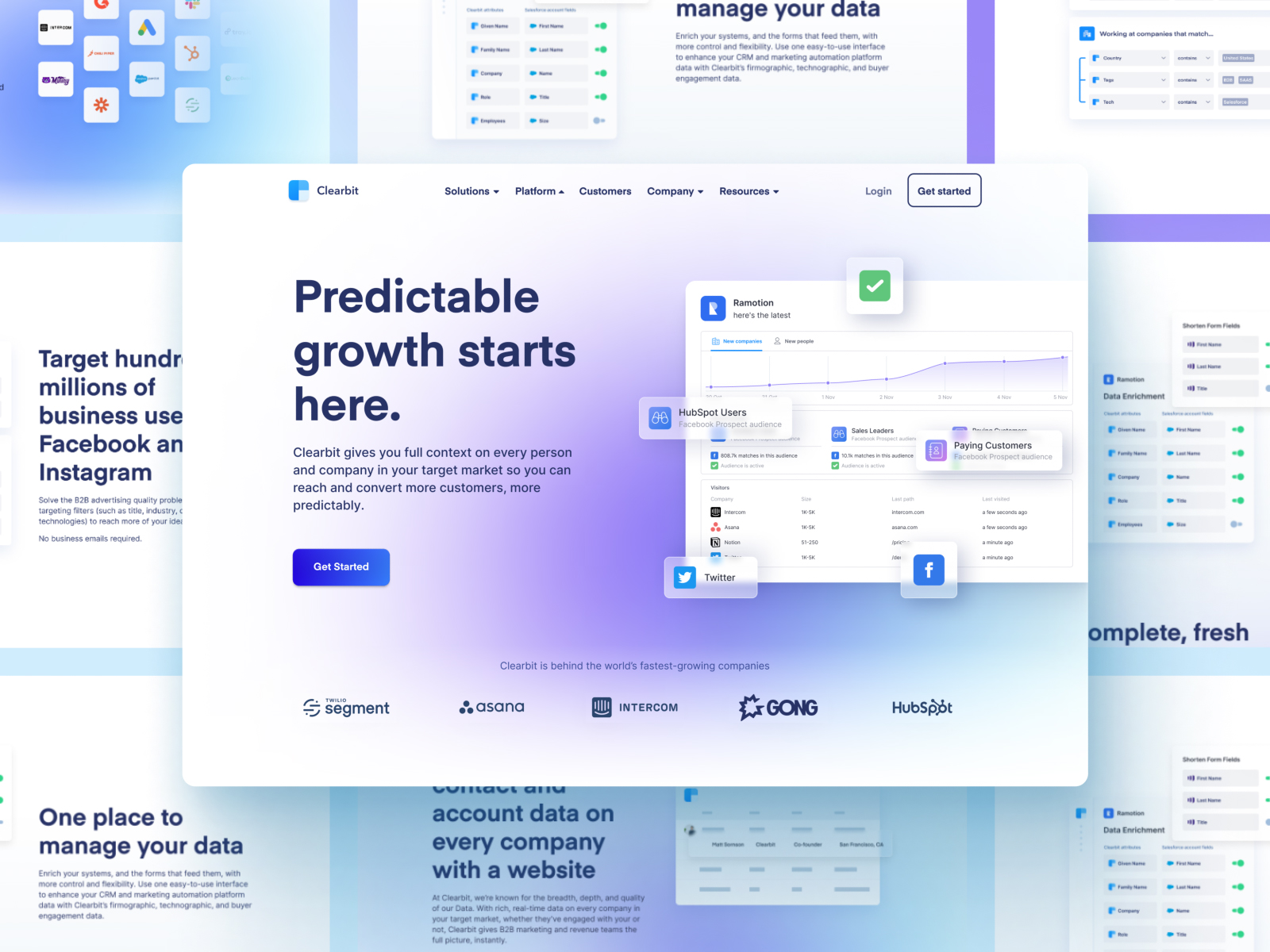The Comprehensive Guide to Crafting Visually Appealing and Functional Website Design That Fulfills Customer Demands
In today's digital landscape, the significance of crafting web layouts that are both aesthetically enticing and useful can not be overstated. By prioritizing user-centered design principles, developers can produce experiences that not only draw in yet also retain user passion. Secret visual elements such as placement, contrast, and equilibrium play a crucial duty in this process, while the necessity of receptive design makes certain access across numerous gadgets. The trip does not end with first style; recurring testing and iteration are crucial for refinement. What strategies can one use to efficiently stabilize these components?
Understanding User-Centered Style
At the heart of reliable website design exists the principle of user-centered style, a philosophy that prioritizes the demands, choices, and behaviors of individuals throughout the growth procedure. This method entails extensive research study to understand the target audience, making sure that the end product reverberates with its designated customers. By incorporating individual comments at every phase, designers can create interfaces that are not only visually attractive however additionally functional and intuitive.
User-centered style highlights empathy, needing developers to tip into the users' footwear and consider their viewpoints. Strategies such as customer characters, trip mapping, and use screening are used to recognize discomfort factors and chances for enhancement. This iterative process permits constant improvement, as developers adjust to developing individual requirements and technological advancements.
Integrating user-centered design results in boosted user fulfillment and interaction, ultimately resulting in greater conversion rates and brand commitment. It cultivates a collective environment where stakeholders, consisting of customers, designers, and designers, function together to attain a shared vision. By positioning individuals at the forefront of the layout process, companies can create websites that not just meet organization goals but likewise offer purposeful and satisfying experiences for individuals.
Trick Principles of Visual Layout
Effective aesthetic design offers as the foundation for producing engaging and straightforward sites. It incorporates several crucial principles that direct developers in crafting aesthetically pleasing and practical user interfaces.
First, balance plays a crucial function in attaining visual consistency. Designers ought to disperse components evenly across the design to avoid overwhelming individuals. This can be accomplished via symmetrical or asymmetrical layout techniques.

Additionally, positioning is vital for arranging information. Regular positioning of text and pictures cultivates a clean format, improving total navigation and individual experience.
 Closeness also adds to aesthetic clarity. Grouping relevant things together aids customers in comprehending the partnership in between different aspects, making the interface a lot more instinctive.
Closeness also adds to aesthetic clarity. Grouping relevant things together aids customers in comprehending the partnership in between different aspects, making the interface a lot more instinctive.Finally, uniformity in design aspects, such as shades, designs, and fonts, reinforces brand name identity and assists customers browse the website much more effortlessly. By integrating these crucial concepts of aesthetic layout, internet developers can create interfaces that are not only visually appealing but user-centered and likewise practical.

Value of Responsive Design
Receptive design is a vital element of modern-day web advancement, ensuring that web sites function effortlessly across a range of tools and screen sizes. As the net landscape evolves, the variety of devicesâEUR" varying from smartphones to tablet computers and desktop computersâEUR" requires a layout method that suits all users.
Carrying out responsive style enables a flexible design that instantly adapts based on the individual's display dimensions. This versatility not just boosts ease of access however additionally improves usability, as individuals can communicate and browse with the website easily, regardless of their device.
Additionally, internet search engine like Google prioritize mobile-friendly sites in their ranking algorithms. A receptive layout can significantly enhance a website's search engine optimization efficiency, inevitably driving more web traffic and boosting exposure.
In addition, receptive layout reduces the requirement for preserving several variations of a web site, enhancing updates and material administration. This effectiveness equates into cost savings and an extra natural brand name experience across platforms.
Enhancing User Experience
Customer experience (UX) is a crucial part of website design, influencing how site visitors engage with a web site and view its value. A well-crafted UX ensures that customers can browse intuitively, find details quickly, and achieve their objectives successfully. The style must take into check here consideration the customer's trip, from the moment they land on the website to the completion of their preferred activity, whether that be buying, signing up for a newsletter, or accessing details.
Secret elements that boost UX include clear navigating, responsive layouts, and interesting visual web content. Consistency in layout aspects such as shades, buttons, and font styles fosters familiarity, making the web site really feel cohesive. Additionally, enhancing load anchor times is critical; individuals are much less likely to remain on a site that is sluggish to react.
Incorporating access features makes sure that all users, including those with handicaps, can communicate with the website seamlessly. Moreover, user-centric layout principles ought to lead content organization, supplying relevant information in a rational framework. By prioritizing individual demands and choices, web designers can produce experiences that are not just aesthetically enticing yet likewise useful, inevitably fostering user fulfillment and commitment
Examining and Repeating Layouts
Testing and iterating designs are fundamental processes that follow the initial development of a site, making sure that the individual experience stays at the leading edge of any type of modifications. These phases include gathering individual comments, evaluating style performance, and making informed modifications to enhance usability and involvement.
Functionality testing permits developers to observe real customers as they engage with the site, identifying discomfort points and locations for renovation (web design). Customer surveys can supply qualitative understandings, catching customer beliefs and preferences.
As soon as testing is finished, the version phase starts. This involves refining the style based on the collected data, focusing on changes that straighten with individual demands and company objectives. Constant iteration cultivates an adaptive layout method, where the internet site develops in feedback to individual actions and feedback. By devoting to extensive screening and iteration, developers can create an this link internet site that not just meets aesthetic criteria but likewise supplies a delightful and seamless individual experience.
Final Thought
Finally, reliable website design requires the combination of user-centered principles, essential visual design elements, and receptive structures to develop appealing interfaces. By prioritizing user demands and applying continual screening and version, designers can improve their productions to improve general complete satisfaction. The commitment to these techniques not just promotes a visually enticing visual however also makes certain capability across diverse tools, eventually adding to a favorable individual experience and enhanced engagement.
By focusing on user-centered design concepts, designers can create experiences that not just attract yet likewise retain customer rate of interest.At the heart of effective internet design exists the principle of user-centered layout, an approach that prioritizes the demands, preferences, and actions of users throughout the growth process. By positioning individuals at the center of the design procedure, organizations can develop sites that not just meet organization goals yet likewise give satisfying and meaningful experiences for individuals.
By prioritizing individual demands and preferences, internet designers can produce experiences that are not just visually attractive yet also useful, ultimately promoting customer complete satisfaction and commitment.
User surveys can use qualitative understandings, capturing individual beliefs and choices. (web design)